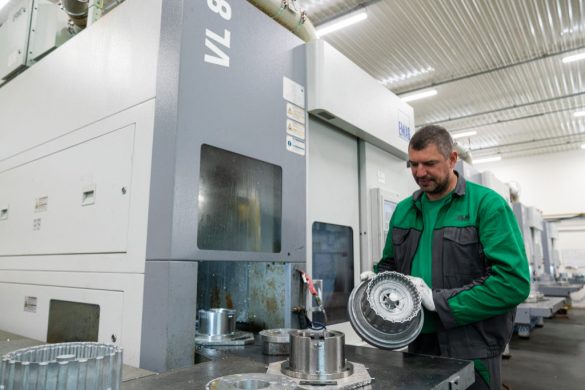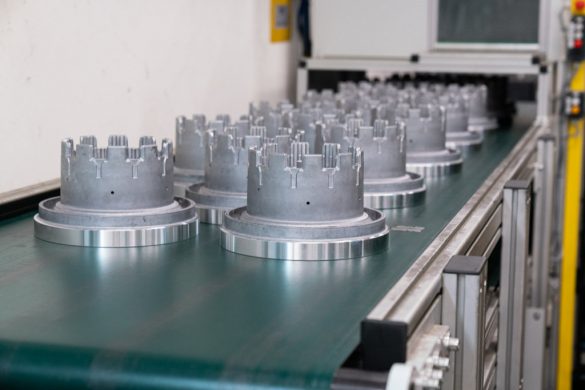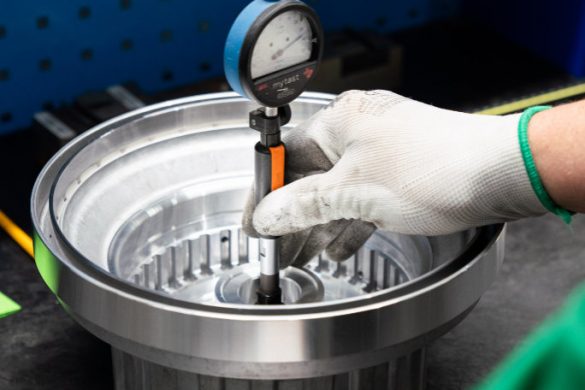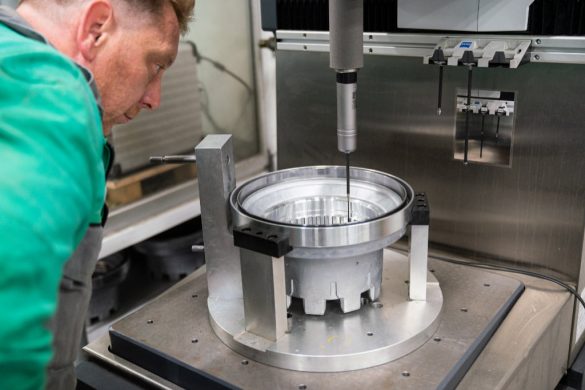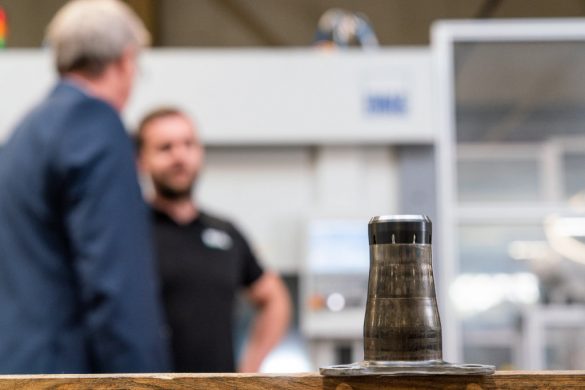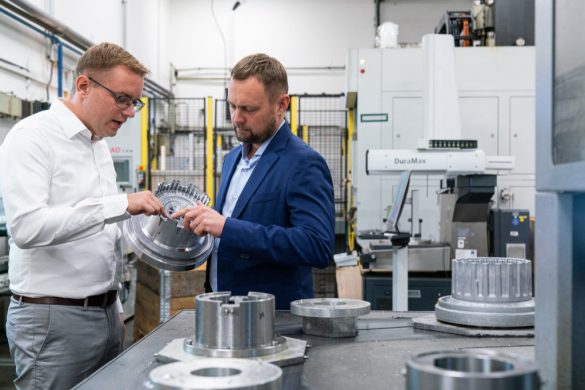With around 15 percent growth per year, the Czech supplier ZLKL has an impressive success story. Advanced production technologies with automation components play a decisive role in this. For example, around 25 EMAG machines are in operation at ZLKL’s Czech sites. Karel Zeman, Senior Manager Machining at ZLKL, discusses his company’s formula for success.
Mr. Zeman, how would you summarize your company’s know-how?
Karel Zeman: We have a great knowledge relating to the manufacture of sophisticated parts, and we use high-end manufacturing technologies to develop high-end manufacturing processes. In this way, we create high-volume productions that satisfy demanding customers from automotive and other industries. Very regular investments in production characterize our development.
What role do EMAG machines play in this context?
We started investing in EMAG technology about ten years ago. There were several reasons for this. Firstly, we noticed that our product portfolio contained more and more chuck parts that were ideally suited for vertical pick-up turning. Secondly, the conventional turning technology previously used no longer produced the desired results. We then very quickly realized that vertical turning significantly increases productivity. In this respect, it was obvious to invest in this technology again and again. Incidentally, with many EMAG machines it is possible to integrate further operations such as drilling or milling. This provides an added performance plus for complex components. You could also simply say: At EMAG, the ratio between the investment made and the value you get for it is right. Last but not least, with EMAG we have a competent partner for establishing new production processes.
What kind of EMAG machines are you using today?
Basically, we have almost everything in EMAG’s modular VL machine line – including the modular pick-up machines VL 3, VL 3 Duo, VL 4, VL 5, VL 7 and VL 8. We also have the turning center VM 9, the vertical machine VTC for multi-axis shaft machining and, at the end of this year, a first VL2. This technological basis is used to produce many powertrain components for electric and combustion engines, such as flanges, hubs, housings and shafts.
How large are the quantities?
In total, we produce around 300,000 parts per month with the various EMAG machines. However, it is not only the number of pieces that is important to us, but also the quality, because most of ZLKL’s products are subject to high mechanical stress during the use. Each component must therefore be very stable and manufactured with high precision in order to guarantee the function of the powertrain in the long term. In this context, we benefit, among other things, from the high process reliability of EMAG machines in continuous operation.
How are the machines integrated into your production flow?
We use EMAG technology in very different ways – their general flexibility suits us here. For example, there are independent stand-alone solutions, identical machines arranged in parallel for larger output volumes, and complete production lines including EMAG machines. Many solutions feature a high degree of automation, in-process measurements and other control procedures, which in turn provide the indispensable process reliability and efficiency. Every new process is designed to meet high customer expectations in terms of unit costs and quality. We are talking about customer-specific components that will be produced in large quantities for many years. Consequently, we don’t make any compromises on key factors – and in my experience, this is precisely the requirement we can ensure with EMAG.
How exactly does the establishment of a new production process take place?
We carry out the engineering of the complete production solution in-house – including the planning of automation and communication. EMAG machines are then usually an integral part of these solutions. From the initial line concept to full operation with effective output, we reckon with a period of around 12 months. The end results are highly effective solutions that are very flexible and guarantee the production of sophisticated parts for a long time.
